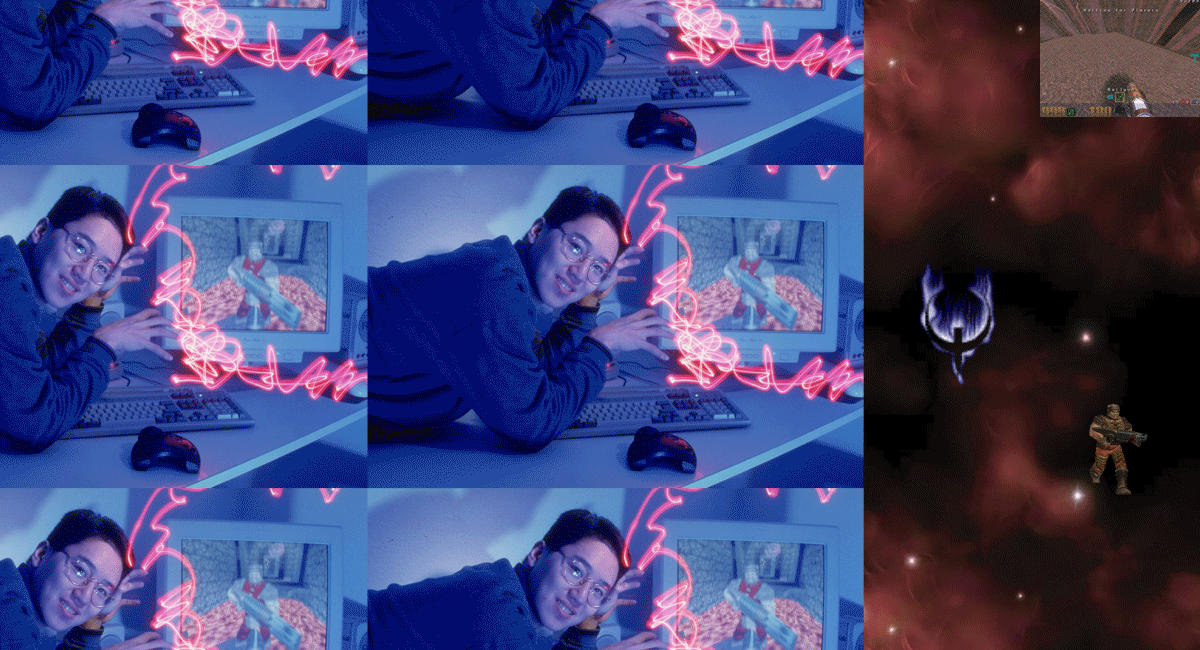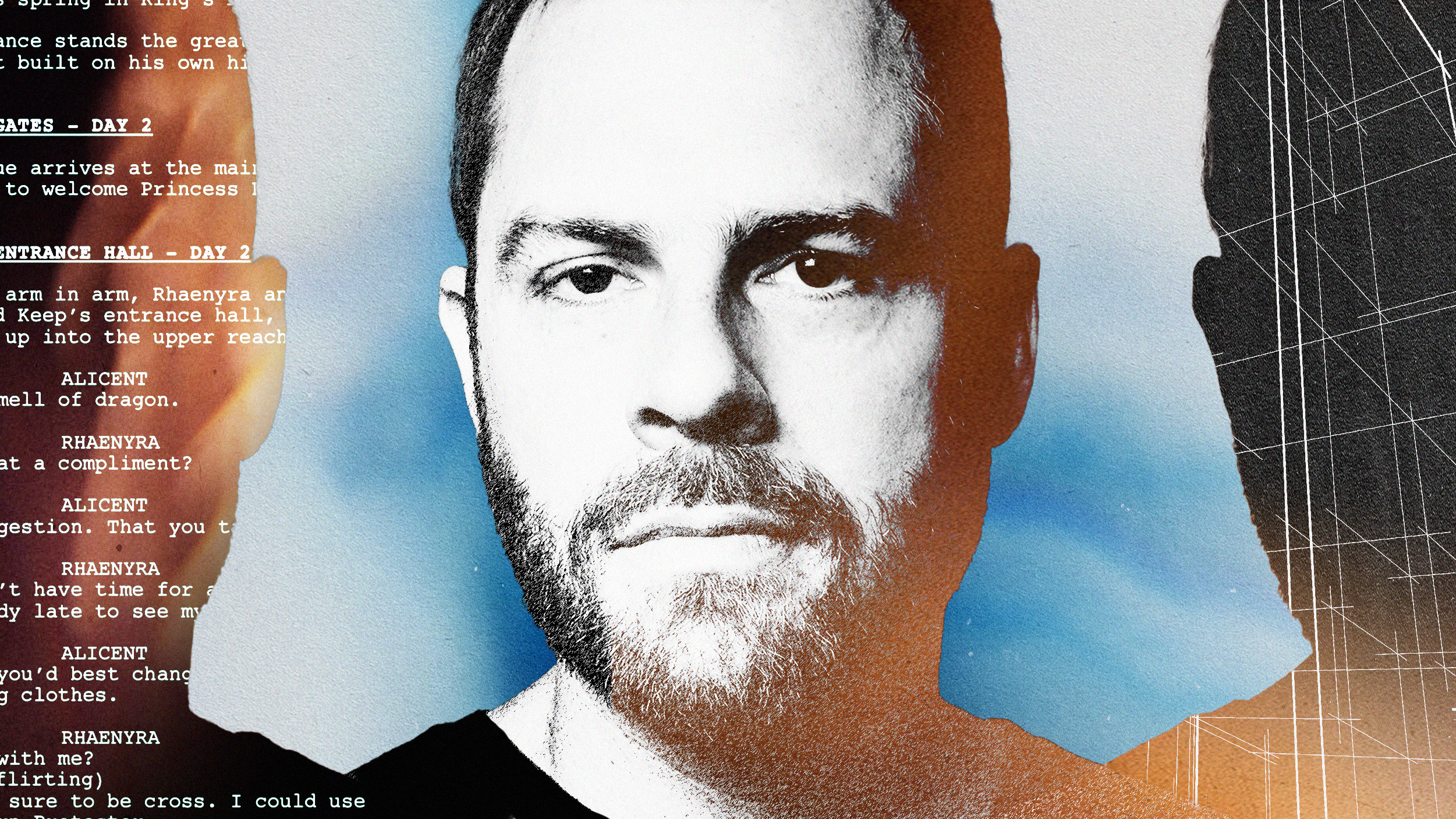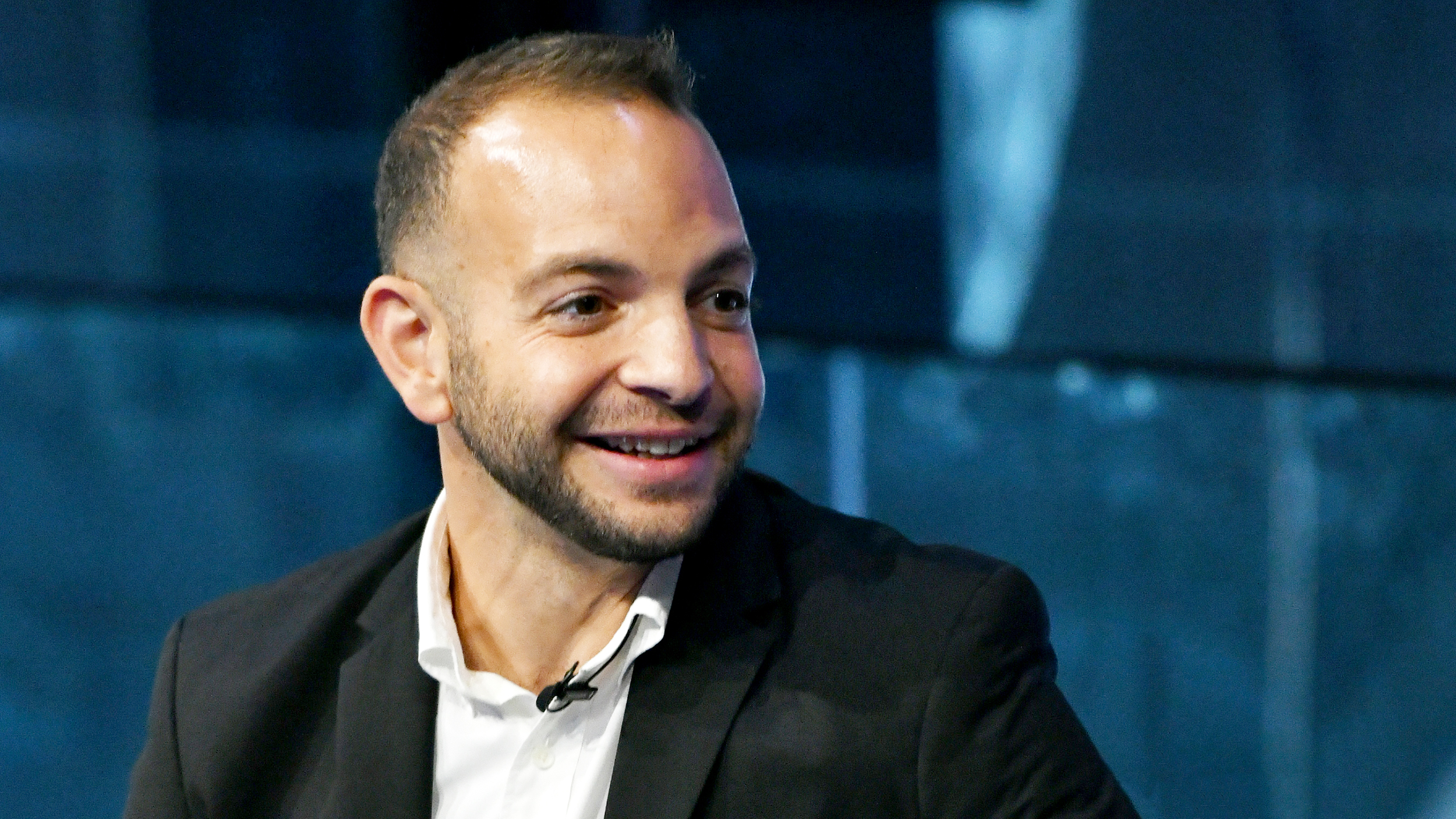According to Dickson Despommier the revolution may not be televised, but it will be blogged about.
Dickson Despommier:
One of the big issues there is where does the energy come from to power
up a huge indoor farming operation? So in the middle of the Arizona
desert the sun supplies everything. They don’t grow food at night. So
they don’t use grow lights. They don’t have to. They get an abundant
amount of sunlight, and because it’s double-skinned glass, it’s
insulated from the outside, so if the temperature goes to 120 they
don’t care, and in the winter if it goes down to minus 10 they don’t
care. It’s still 75 to 80 degrees inside their horizontal greenhouse.
All right? No one has ever done this up, because there are engineering
challenges as well as some economic challenges, but it’s mostly
engineering. If you grow food indoors in these big buildings how much
energy will it consume versus in fact how much might it even generate
by the parts of the plants you don’t eat. You can recycle that and get
some of that back at least. So that was the fifth year’s projects for
the students. I’m no fool. I don’t know the answers to these questions.
I parasitize their brains and oh, I was going to say the reason we
shouldn’t behave as a single species and not as 194 different species
is because we are a single species, and our brain is basically
engineered the same way regardless if you’re an aborigine living in the
middle of the Australian desert, or if you’re an IBM executive up in
Rye, New York trying to find out what the next alternate power source
might be. The fact is that if you could connect those genomes together
into a single thinking unit that’s six point seven billion inputs with
about a hundred trillion neuronal connections per input I don’t care
what the problem is. I don’t care what the problem is. It’s solved in a
minute. It’s not solved in an hour. Now I can give you examples of
where that actually works on a small scale: The International Ladies
Garment Workers Union. It’s a wonderful example of a cooperativity
[sic] among a group of people that agrees at a common end we are going
to behave together. We’ll take pay cuts. We’ll get pay raises, but no
one loses their job, and we’ll all produce clothing as the end of the
day. That’s our job, and that’s what we’re going to do. The engineering
company of ARUP, A-R-U-P, is a fabulous example of how to behave.
There-- I don’t know how many engineers they have on their staff.
They’re in 37 different countries. Every engineer can access every
other engineer’s problem, and there’s a blog and they go on the blog
and say “You know, I don’t know how to do this. I didn’t have this in
school,” or “This has never been encountered before. Help.” And 15
people will go on the blog and say you know what? The next day the
problem is solved, so they never say “I can’t do that. It just can’t be
done. It will never fly. It will never float.” You put that word “It
will never blah-blah-blah-blah-blah.” Next. I have somebody else
sitting here. I don’t want to talk to “It can never…” I want to talk to
“When can you…?” That’s what I want to hear. When can you build me a
vertical farm? And so I’ve heard that from about eight places. Four of
these places are for real, and one of those places will be first. Can I
tell you which one that is? No I can’t because I don’t know yet, and if
I did I wouldn’t tell you. So we have a lot of money sitting out there
waiting to get involved in this because they have sort of ignored the
concept of profitability, and they’re concentrating on need. I think
profitability will follow need. So when people see how good their food
is and how abundant it is and how readily available it is, the switch--
I will never eat anything grown outside. I can’t trust the outdoors. I
can’t control it. Everything you want is controlled indoors and I think
marketing will be a no brainer once it starts.





